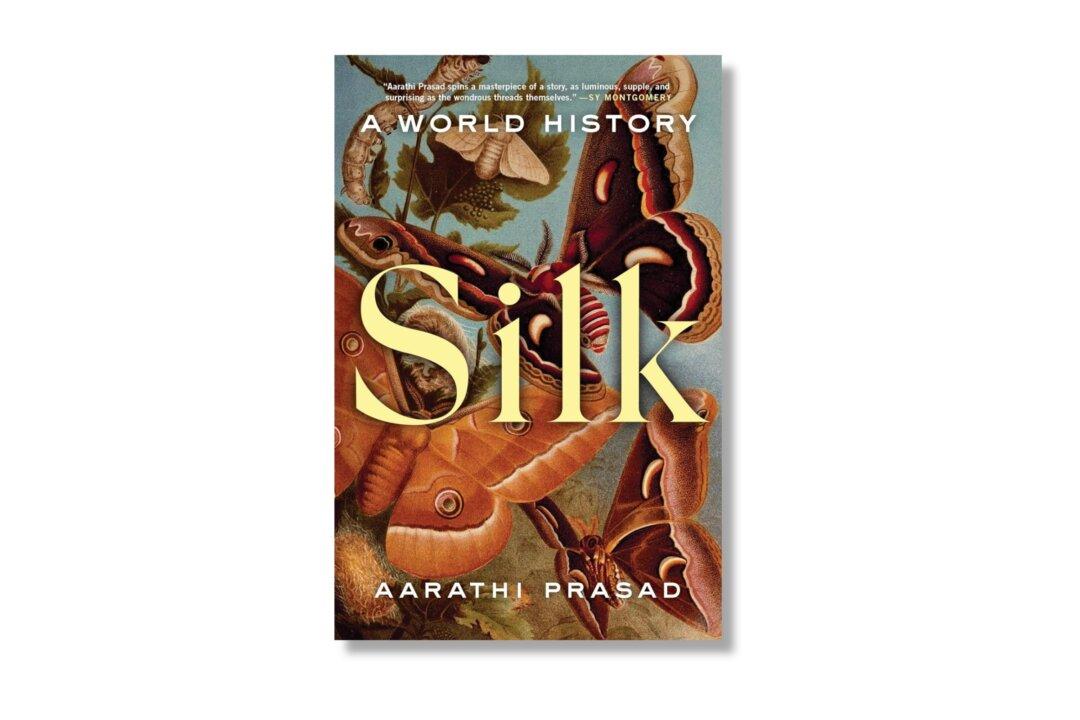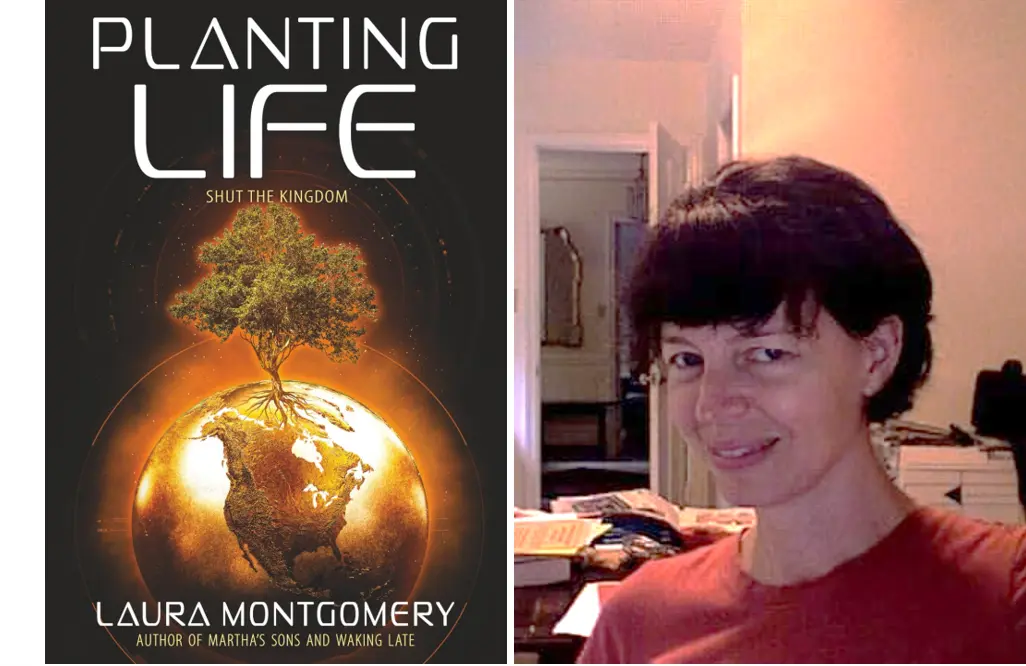Silk. There are few fabrics with a greater reputation for luxury or a more storied past. Produced for thousands of years, silk traveled along the Silk Road from China to Europe during Roman times. It is one of the most beautiful and strongest fibers in the world.
Aarathi Prasad tells the story of silk in “Silk: A World History.” She explains its origins, discusses its production, and shows its impact throughout history in three parts. The first discusses silk produced by moths. The second examines other sources of natural silk. The third takes the story through the late 19th century to the present, including silk’s uses and synthesis attempts to create it.






